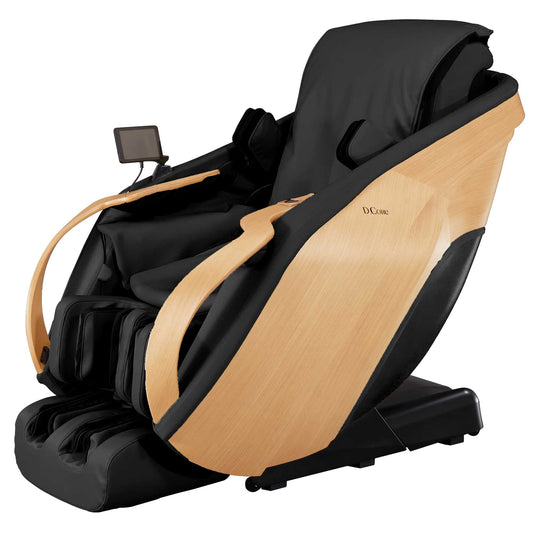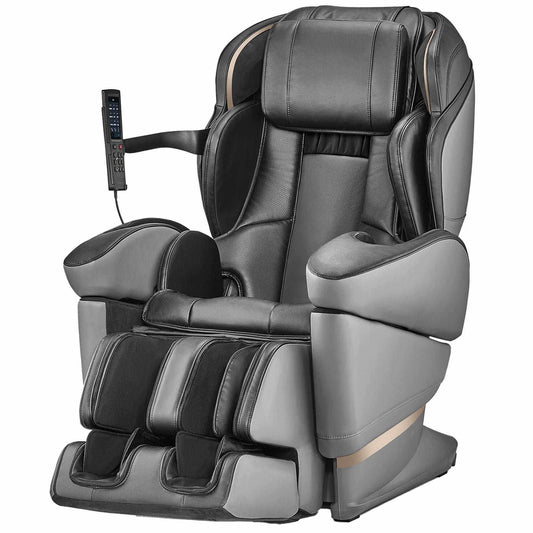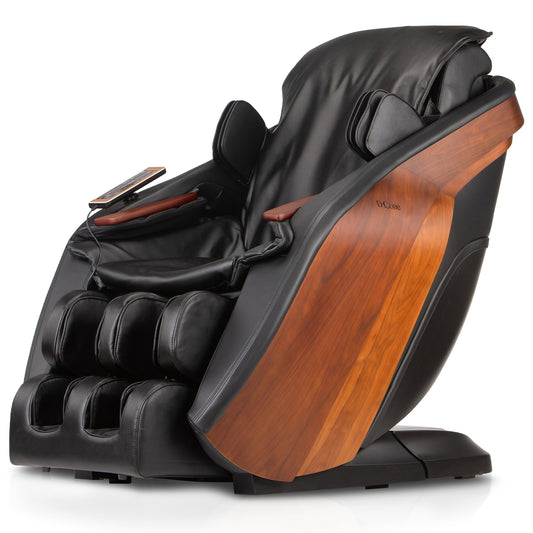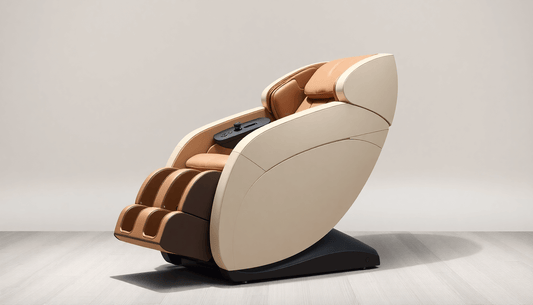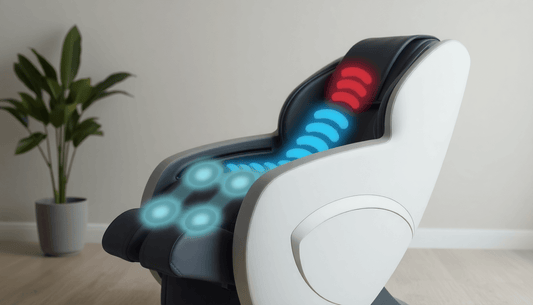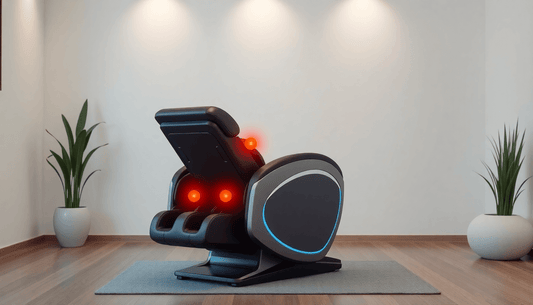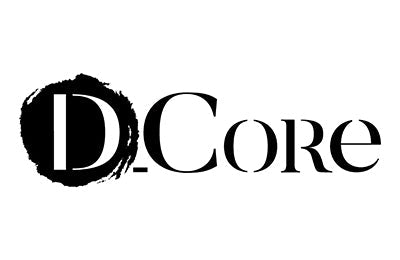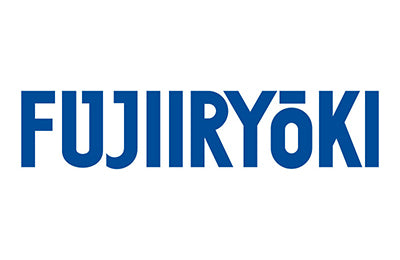
Discover 2D, 3D, and 4D Massage Technology Benefits
Understanding Massage Technology: An Introduction to 2D, 3D, and 4D
Massage technology has evolved significantly, offering groundbreaking mechanisms to simulate human touch. The terms 2D, 3D, and 4D refer to the levels of precision and movement delivered by massage chairs.
- 2D Technology: Massage rollers move along two axes—up/down and side-to-side—focusing on surface-level muscles. This traditional system offers consistent pressure but lacks depth control.
- 3D Technology: In addition to the 2D motions, rollers extend forward/backward, providing deeper massage strokes. Users can adjust the intensity for customized relaxation.
- 4D Technology: Expanding beyond 3D, 4D incorporates rhythm and speed variations, mimicking human-like techniques. The smoother transitions enhance the overall experience.
This progression addresses varying needs, from basic relaxation to dynamic therapeutic relief.
What is 2D Massage Technology? Features and Benefits
2D massage technology replicates traditional massage techniques by focusing on two-dimensional movement across the back. The rollers operate along the X (width) and Y (height) axes, moving vertically and horizontally to target specific muscle groups with precision.
Features of 2D Massage Technology
- Basic Roller Movement: The rollers glide up and down and side-to-side for consistent coverage.
- Intensity Adjustment: Users can customize the pressure of the massage to meet personal preferences.
- Focused Zones: Specific areas, such as the upper back or lower lumbar, can be targeted.
- Pre-Programmed Modes: Built-in programs mimic techniques like kneading, rolling, and tapping.
Benefits of 2D Massage Technology
- Improves blood circulation and muscle relaxation.
- Ideal for relieving tension in overused areas like the neck and back.
- Simple to operate, making it suitable for beginners.
Exploring 3D Massage Technology: How It Elevates the Experience
3D massage technology introduces a new dimension to traditional massage methods by mimicking the depth and dynamics of human touch. Unlike 2D massage, which operates on flat planes, 3D massage incorporates movement along the X, Y, and Z axes, allowing rollers to press deeper into muscles. This creates a more comprehensive and tailored experience that addresses tension in hard-to-reach areas.
Features of 3D massage include:
- Adjustable Roller Depth: Users can customize the intensity to suit their preferences, making it ideal for those with higher tension.
- Targeted Precision: Advanced sensors detect the user’s body contours, adapting the rollers accordingly.
- Dynamic Versatility: It can replicate techniques like deep tissue massage or gentle kneading.
By engaging multiple muscle layers, it promotes relaxation and enhances overall well-being. This superior control ensures users receive massages that feel personalized and effective quite unlike standard techniques.
Diving into 4D Massage Technology: The Pinnacle of Innovation
4D massage technology represents the next frontier in relaxation therapy, offering unparalleled precision and adaptability. While 2D and 3D massage systems focus on horizontal, vertical, and depth movements, 4D technology enhances these by incorporating variations in speed and rhythm, mimicking the nuanced touch of human hands.
Key Features of 4D Massage Technology:
- Dynamic Speed Control: Adjusts the intensity and pace during massages for a more lifelike experience.
- Customized Pressure: Tailors massage pressure based on body contours and specific areas needing attention.
- Advanced Motor Mechanisms: Ensures seamless transitions between techniques, delivering consistent relief.
- Personalization Settings: Users can select predefined modes or customize massages down to the smallest detail.
By integrating these advancements, 4D technology transforms physical relief into a deeply revitalizing experience.
Fujiiryoki: A Leader in Advanced Massage Technology
Fujiiryoki has established itself as a pioneer in the development of cutting-edge massage technologies. Renowned for its commitment to innovation, the company continually pushes boundaries to enhance the massage experience. Their products are intricately designed to blend technical precision with human-like therapy, ensuring effective relaxation and recovery.
With decades of expertise, Fujiiryoki integrates advanced artificial intelligence and mechanical engineering into its massage chairs. The brand offers groundbreaking features such as adaptive rollers, precise pressure point targeting, and customizable intensity levels. Their research focuses on creating lifelike simulations, incorporating 2D, 3D, and 4D massage technologies to replicate professional massage techniques.
This dedication positions Fujiiryoki as an industry leader, catering to diverse customer needs with premium solutions.
Comparing 2D, 3D, and 4D Massage Systems
Massage technology has evolved significantly, offering increasingly sophisticated solutions. Each system—2D, 3D, and 4D—differs in design, functionality, and user experience.
- 2D Massage Systems: These focus on rolling and tapping along the plane of the backrest. Movements are linear and restricted to width and height dimensions, enabling basic relaxation.
- 3D Massage Systems: These add depth, integrating pressure intensity by moving forward and backward. Users experience a more customized massage suited for targeted muscle relief.
- 4D Massage Systems: These refine 3D systems with adaptable rhythms, speeds, and patterns, mimicking human-like therapeutic techniques for enhanced precision and comfort.
How to Choose Between 2D, 3D, and 4D Massage Chairs
When choosing between 2D, 3D, and 4D massage chairs, it’s crucial to consider individual preferences, usage goals, and budget.
Key Factors to Evaluate
- Technology Depth:
- 2D Massage Chairs: These focus on surface-level relief, providing a simpler and soothing massage experience ideal for basic relaxation.
- 3D Models: Designed for deeper tissue work, they offer adjustable intensity with rollers moving in multiple directions.
- 4D Massage Chairs: Incorporate advanced features like speed variation and rhythm control for highly personalized massages.
- User Needs:
- For relaxation, opt for 2D designs.
- Those seeking therapeutic benefits should consider 3D or 4D versions.
- Enhanced customization and versatility are signature benefits of 4D chairs.
Budget alignment and functionality play essential roles in decision-making.
Real-Life Applications of Advanced Massage Technologies
Advanced massage technologies like 2D, 3D, and 4D are revolutionizing self-care and wellness across various real-life scenarios. Their integration extends beyond personal relaxation to fields like healthcare, fitness, and workplace wellness. Some prominent applications include:
- Physical Rehabilitation: 3D massage rollers target deep tissue to aid recovery from injuries, enhancing blood flow and muscle healing.
- Chronic Pain Management: 4D technology offers personalized programs to alleviate pain in areas like the neck, back, and shoulders.
- Athletic Performance: Pre- and post-workout massages improve flexibility and reduce soreness for athletes.
- Stress Relief in Workspaces: Automated massage chairs featuring 2D technology are integrated into corporate wellness programs to combat employee burnout.
These innovations cater to diverse needs, promoting overall health and well-being.
Key Factors to Consider When Shopping for Massage Chairs
When choosing a massage chair, several essential factors should guide the selection process:
- Massage Technology: Decide between 2D, 3D, or 4D based on your preferred intensity and massage style. While 2D focuses on surface-level comfort, 3D and 4D offer deeper and more sophisticated techniques.
- Adjustability and Customization: Look for options to personalize the massage settings, including intensity, speed, and targeted areas. This ensures compatibility with individual needs.
- Body Scanning Feature: Consider chairs equipped with sensors that adapt to your body shape and size for a precise massage experience.
- Additional Features: Evaluate features like heat therapy, zero-gravity positioning, and AI-driven adjustments. These enhancements elevate relaxation.
- Build Quality and Durability: Examine materials and design longevity, ensuring the chair withstands regular use.
- Budget: Balance features and price, understanding that advanced technology may involve a higher investment.
Future Trends in Massage Technology: What's Next?
The evolution of massage technology continues to push boundaries, offering users more tailored and immersive experiences. Future advancements are expected to focus on enhanced personalization through artificial intelligence (AI) integration. AI can analyze user preferences and adapt massage sequences in real time, ensuring optimal pressure, rhythm, and techniques.
Another emerging trend is wearable massage solutions. Lightweight devices are being developed for portable and on-the-go relief, catering to busy lifestyles. Advanced sensors may also enable more precise body mapping, identifying specific tension areas and targeting them efficiently.
Additionally, virtual reality (VR) immersion could complement massage chairs, creating a holistic relaxation experience by combining physical relief with visual and auditory serenity.
